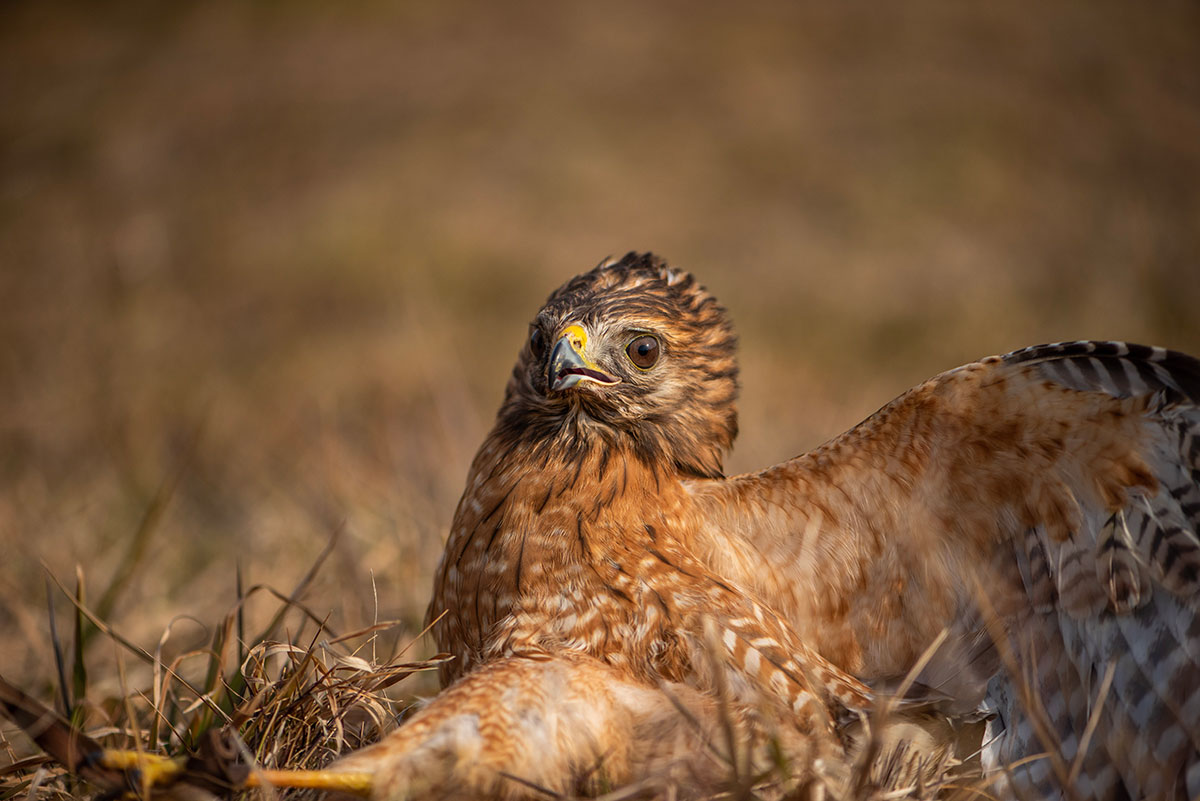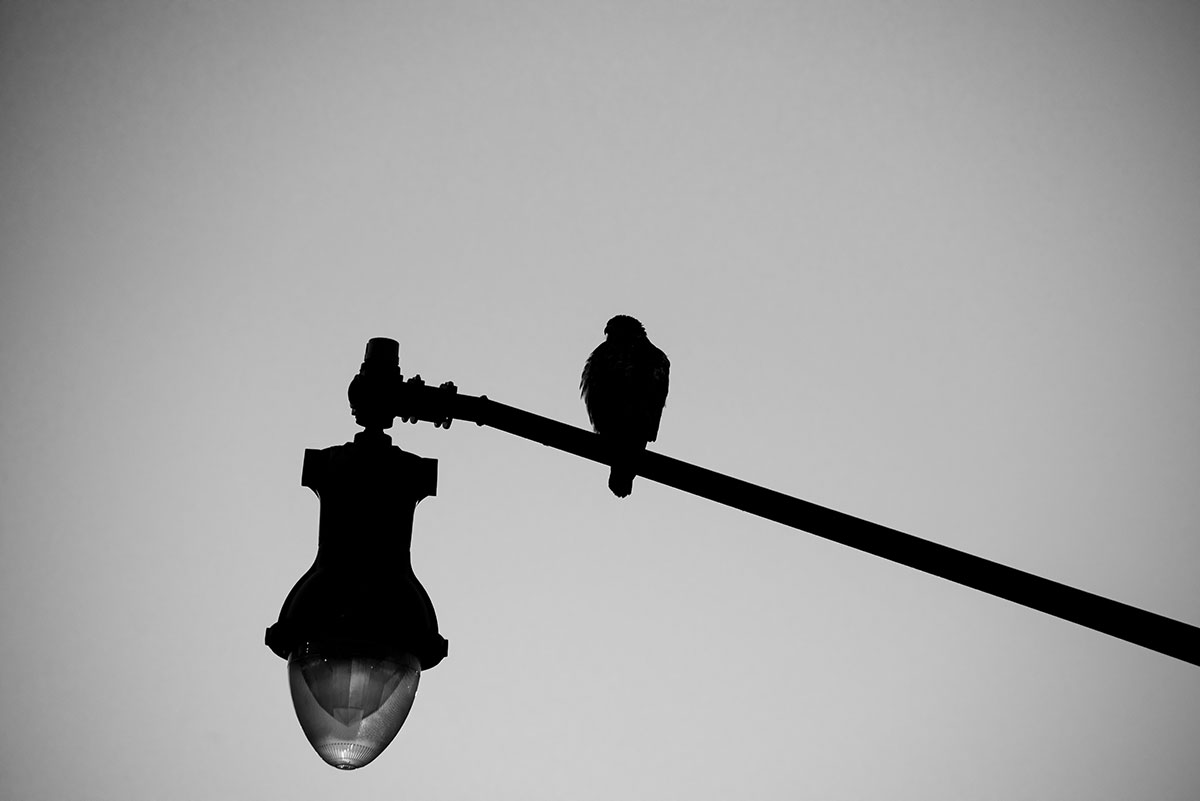THEY’RE MAJESTIC AND AWE-INSPIRING. We associate them with wide open spaces and towering forests. But a surprising number of birds of prey live nowhere near these wilderness areas. These raptors — species that hunt and feed on vertebrates that are larger than they are — have adapted to urban living, where lamp poles replace tree-top roosts, and the bustle of city life drowns out the relative quiet of nature.
Red-tailed hawks, peregrine falcons, bald eagles and other birds of prey have made their homes in places like Washington, D.C. They build nests atop and in the nooks of buildings, become more cautious in their hunting patterns to avoid cars, and provide countless hours of fascination for their human neighbors. But because of their location, these city-dwelling raptors may be at greater risk of certain threats than their forest-bound kin. Risks like colliding with windows, ingesting hazardous chemicals and being killed by cars when hunting and scavenging along roadways. Rehabilitation organizations — such as the Owl Moon Raptor Center in Boyds, Md. — work to save injured raptors. The center’s mission is to rescue and rehabilitate injured, sick and orphaned birds of prey and return them to the wild in sound, athletic condition.

Photo Credit: Jules Jacobs

Photo Credit: Jules Jacobs

Photo Credit: Jules Jacobs